
As climate change accelerates the thawing of Arctic permafrost, researchers uncover ancient migration routes once sealed beneath the ice. These trails are formed by animals like mammoths, caribou, and elk. They contain footprints, tools, and ecological clues that were used by early humans. Each pathway offers rare insight into prehistoric survival and human ingenuity in dealing with harsh environments.
Mammoth Trail In Yana Lowlands
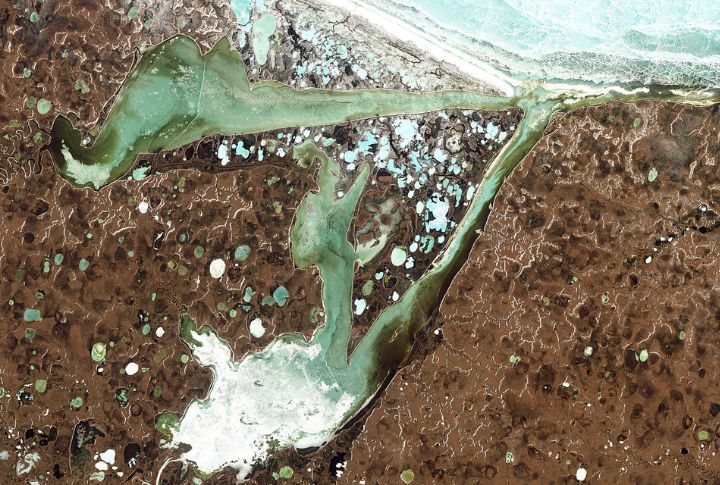
As permafrost recedes in Siberia’s Yana Lowlands, mammoth remains and Ice Age plant material have emerged near ancient riverbanks. Though no confirmed footprints were found, evidence suggests this area once guided mammoth migrations across soft terrain, revealing patterns shaped by instinct, memory, and seasonal movement.
Obsidian Path In Tanana Valley
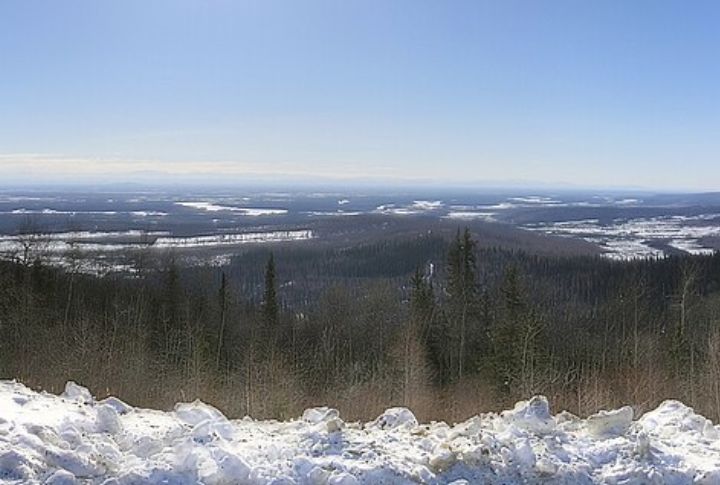
In Alaska’s Tanana Valley, melting permafrost revealed chipped obsidian blades, hearth fragments, and scattered tools. These remnants trace a migration corridor used by Paleo-Indians over 13,000 years ago. The trail reflects shared survival knowledge, linking ancient travelers across generations through fire, craftsmanship, and purposeful movement inland.
Fox Burrows On Wrangel Island
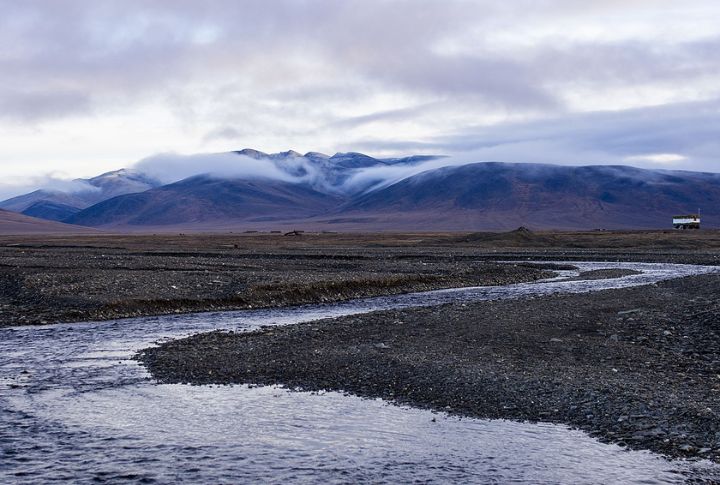
Sea ice once linked Wrangel Island to richer hunting grounds. As that ice returned to the water, Arctic foxes left behind their aligned dens, pointing eastward. Thawed soil exposed these collapsed homes in a precise arc, suggesting planned travel (not accident) etched into the earth by instinct and pursuit.
Caribou Crossing In Nunavut
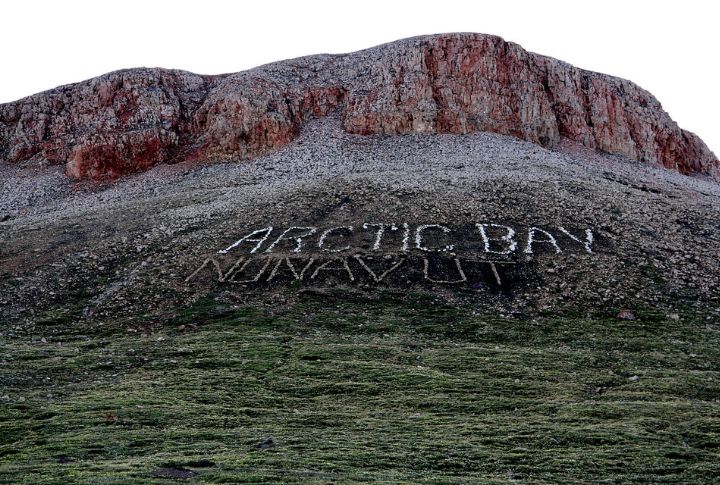
Shallow hoofprints pressed into tundra centuries ago have resurfaced near Arctic Bay. These ancient imprints, preserved beneath moss and ice, align with known caribou migration arcs. Their discovery reveals how natural rhythms shaped memory, survival, and seasonal return across unmarked northern lands.
Mariner Route In Chukotka
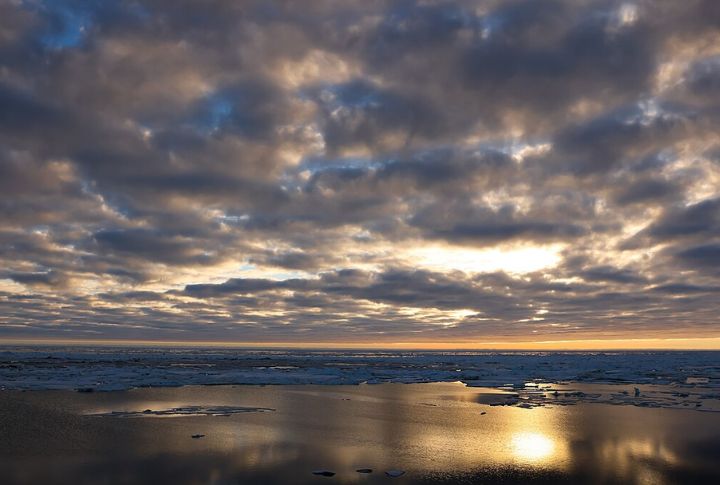
A coastal landslide unveiled a paddle, scraps of sewn skin, and charred driftwood. These weren’t random remnants. They traced a watery path once used by hunters following walrus migrations. The sea, now colder and rougher, once served as a well-traveled edge through Arctic Chukotka.
Sleigh Route In Yamal Peninsula
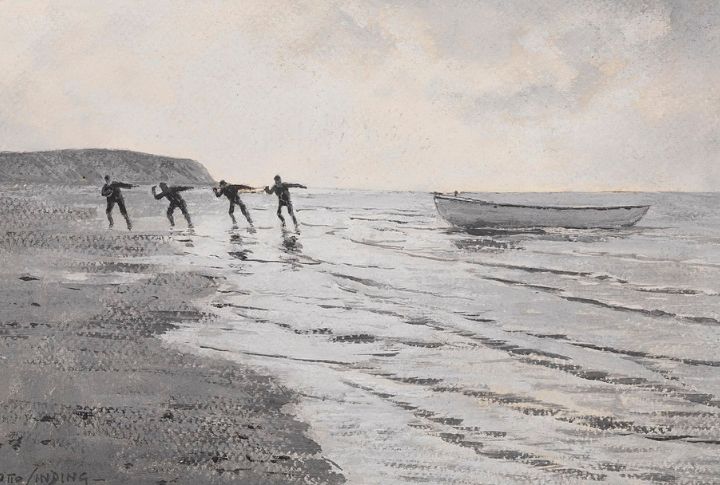
Two grooves, spaced just right for sleigh runners, appeared beneath shifting frost. Fragments of wood shaped by hand told of deliberate passage. This was a Nenets trade route, pressed into moss generations ago by sleighs gliding across tundra under the open sky.
Elk Ford In Interior Alaska
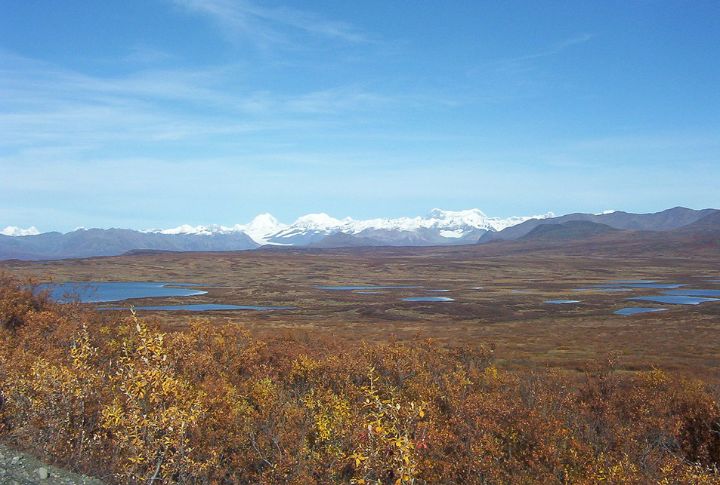
Not every clue hides deep underground. Thawing riverbanks in Interior Alaska revealed elk bones and worn tracks, likely tied to seasonal elk movement. These surface hints helped researchers piece together how wildlife once responded to Alaska’s changing conditions.
Steppe Bison Trail Along The Kolyma River
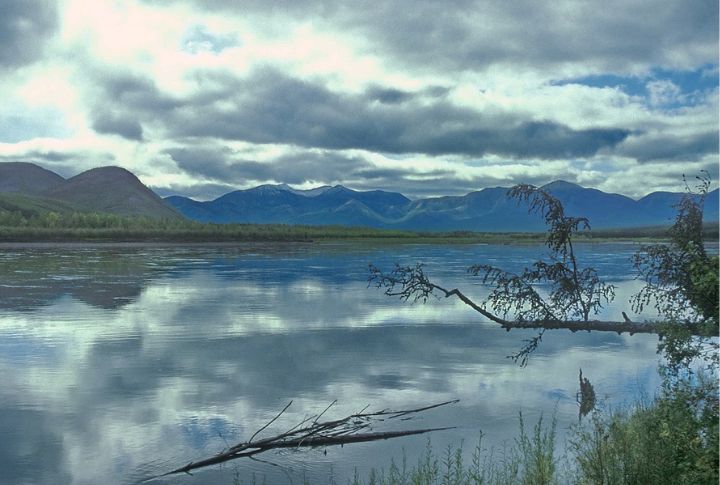
Ridges in the earth, parallel and firm, mirrored bison gait. Researchers followed the spacing until they found dung scattered along the corridor. These giants used the same snow-sheltered corridor for generations, grazing in valleys that only reveal themselves after the ice recedes.
Human Campsite Trail In Taymyr Peninsula
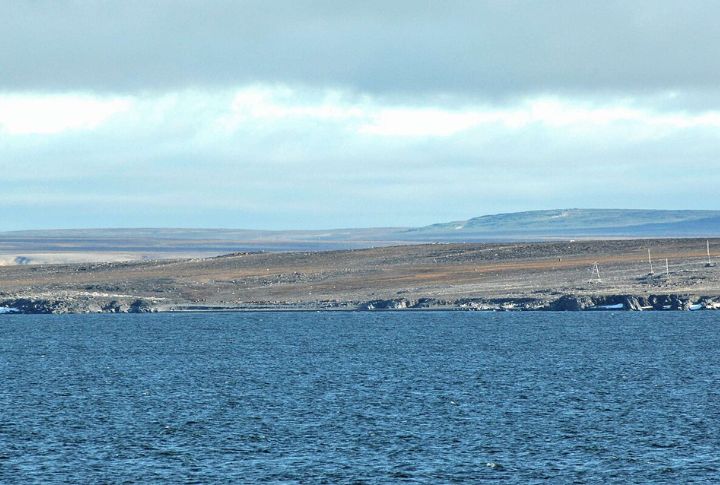
Every few kilometers, they found charcoal, a broken blade, or reindeer bones. It was a route between seasonal camps, strung across the tundra like a pulse. These signs point to movement—exploration, return, adaptation, not permanent settlement. Life here meant knowing when to move.
Ground Sloth Route In Yukon
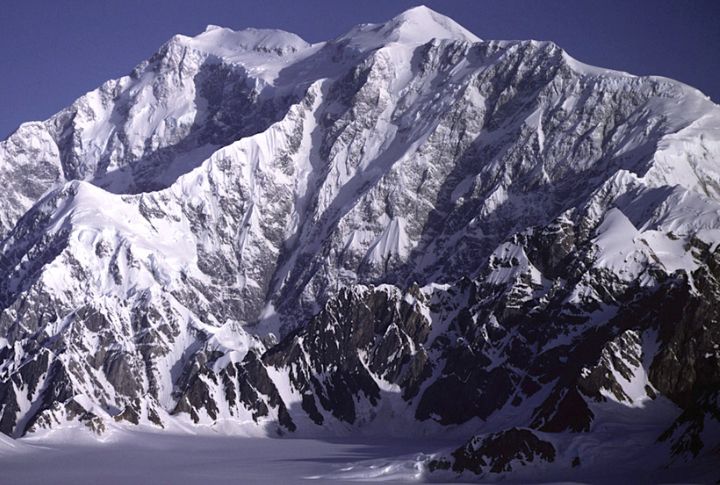
Long after its final step, the ancient ground sloth left signs embedded in Yukon’s frozen earth. Fossilized dung and plant remains, buried deep in peat, point to movements from over 100,000 years ago. As permafrost thaws, these clues quietly emerge from their long, silent rest.

